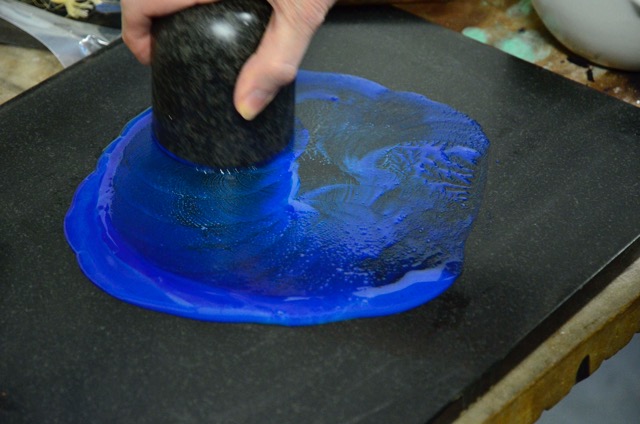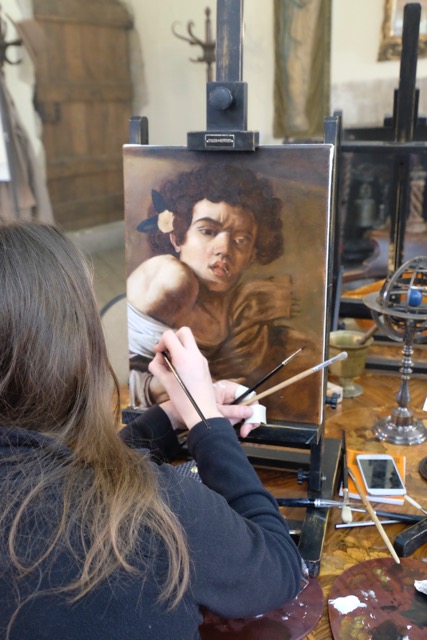THE ART OF CHIAROSCURO - CLASSICAL OIL PAINTING RECIPES AND TECHNIQUES OF THE 16/17TH CENTURIES
Classical Painting Techniques of the 16th and 17th centuries. This oil painting workshop offers students practical experience of the working methods of master painters of the renaissance. Students will be taken step by step through the various stages of classical painting techniques.
To begin, students will learn about the historical pigments and their origin in the natural world; these include pigments made from earth, semi precious rocks as well as a range of colours from the plant kingdom. Students will learn how to make their own oil paints using traditional recipes. Renaissance oil painting involves constructing the painting in specific stages – after the preparation of the ground, a tonal composition (grisailles) is prepared in tones of light and shade.


Over this under-painting glazes of colours are then applied in a series of layers. By this method a dynamic relationship is created between the tones beneath and the glazes of colour above, this is the key to the chiaroscuro effect whereby light and dark emanate from within the paint layers, resulting in a profound luminosity in the colours as well as depth in the shadow tones.
The aim of this workshop is to offer students a good grounding in the traditional painting methods employed by such artists as Rembrandt, Vermeer and Leonardo Da Vinci. Once understood, these techniques may then be adapted to all styles of painting, figurative, imaginative and abstract. Students are welcome from all levels of experience including those without previous experience.
The cost for the 5 day workshop is £495.00 includes materials,(Students should bring their own brushes and primed canvas. Places are limited to ten.
The workshop will be held in the Tower studio within the ruins of Cowdray Castle, Midhurst, West Susussex
